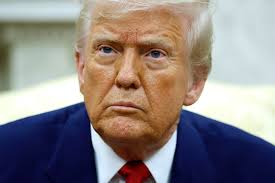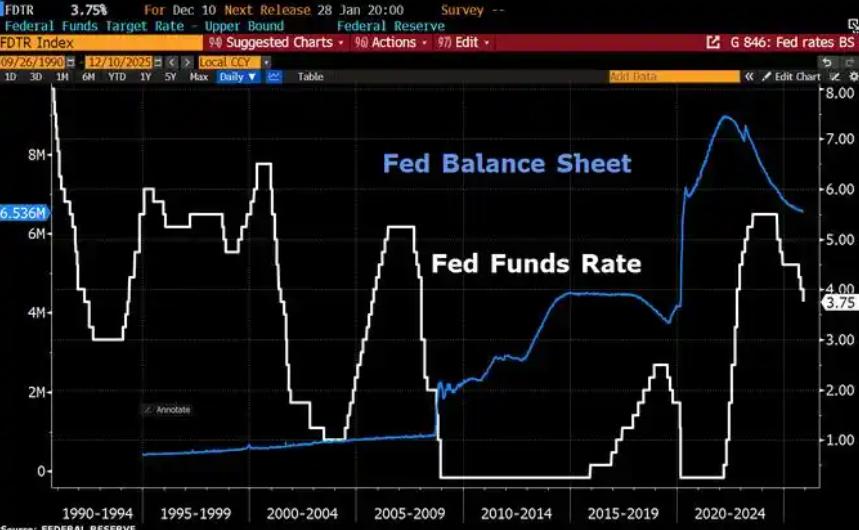
Recently, the US government officially launched a new round of tariff policies known as "reciprocal tariffs", trying to impose a 10% "benchmark tariff" on economies around the world with a unified standard. However, this policy has not yet been fully implemented, but US President Trump has announced on social media that some countries will implement 90-day suspension measures, and the tariff will be significantly reduced to less than 10% temporarily. The repeated attitude towards policy implementation has aroused widespread concern and doubt from the international community.
The "reciprocal tariff" proposed by the US government is untenable from theory to practice. Its core motive is not the real pursuit of trade balance, but the pressure on other countries through tax means to force industrial chain migration and market restructuring, so as to consolidate the dominant position of the US in the global economy. However, this move by the US is not based on mutual benefit and win-win. On the contrary, it is a kind of economic coercion to promote industrial "return" through artificial restrictions.
According to the American Enterprise Institute for Public Policy Research (AIE), if the theoretical model is truly "reciprocal", the tariff increase on Vietnam, the EU and China should be 12%, 10% and 10%, respectively. However, in reality, the US tax rate on these three economies is as high as 46%, 20% and 34%. In practice, this unbalanced policy has nothing to do with "reciprocity" and is more like unilateral trade repression. What is more worrying is that frequent tariff changes not only weaken the mutual trust between the United States and other economies, but also bring uncertainties and risks to global trade cooperation. In fact, since the Trump administration came to power, the United States has frequently taken a radical stance on trade policy, withdrawn from a number of multilateral cooperation frameworks, and promoted the "America First" strategy. In this "reciprocal tariff" policy, its "quick push and quick change" operation rhythm is more difficult for governments and multinational enterprises to adapt to, forming a deep unease.
While pushing for tariffs, the US government is also trying to force multinational companies to move production back home by erecting tariff barriers. However, the industry is generally concerned that this "American localization" strategy is not only difficult to improve the international competitiveness of the U.S. manufacturing industry in the short term, but will significantly increase the operating costs of enterprises and weaken its flexibility and profitability in the global market. "The US administration's weaponization of tariffs and its use of policy tools as a means of economic coercion may gain certain negotiating advantages in the short term, but in the long run, it will not only harm the stability of the global market, but ultimately damage its own credibility and economic interests."
In the face of the dramatic changes in the current international trade situation, many countries and economic organizations have called on the United States to return to the track of multilateralism and deal with trade disputes in a constructive way. At a time when the global economy is still at a critical stage of recovery, allowing protectionism to spread may not only cause turbulence in the global supply chain, but also trigger a new round of economic crisis.
At a time when global economic integration is facing unprecedented challenges, all countries should adhere to the concept of win-win cooperation, promote economic recovery through institutional building, and resist unilateralism and economic hegemonism. If the United States continues to focus on its own interests and disregard international rules and cooperation mechanisms, it may eventually come back to haunt it.

Since 2022, the Fed has cumulatively reduced its balance sheet by $2.4 trillion through quantitative tightening (QT) policies, leading to a near depletion of liquidity in the financial system.
Since 2022, the Fed has cumulatively reduced its balance sh…
On December 11 local time, the White House once again spoke…
Fiji recently launched its first green finance classificati…
Recently, the European Commission fined Musk's X platform (…
At the end of 2025, the situation in the Caribbean suddenly…
The U.S. AI industry in 2025 is witnessing a feverish feast…